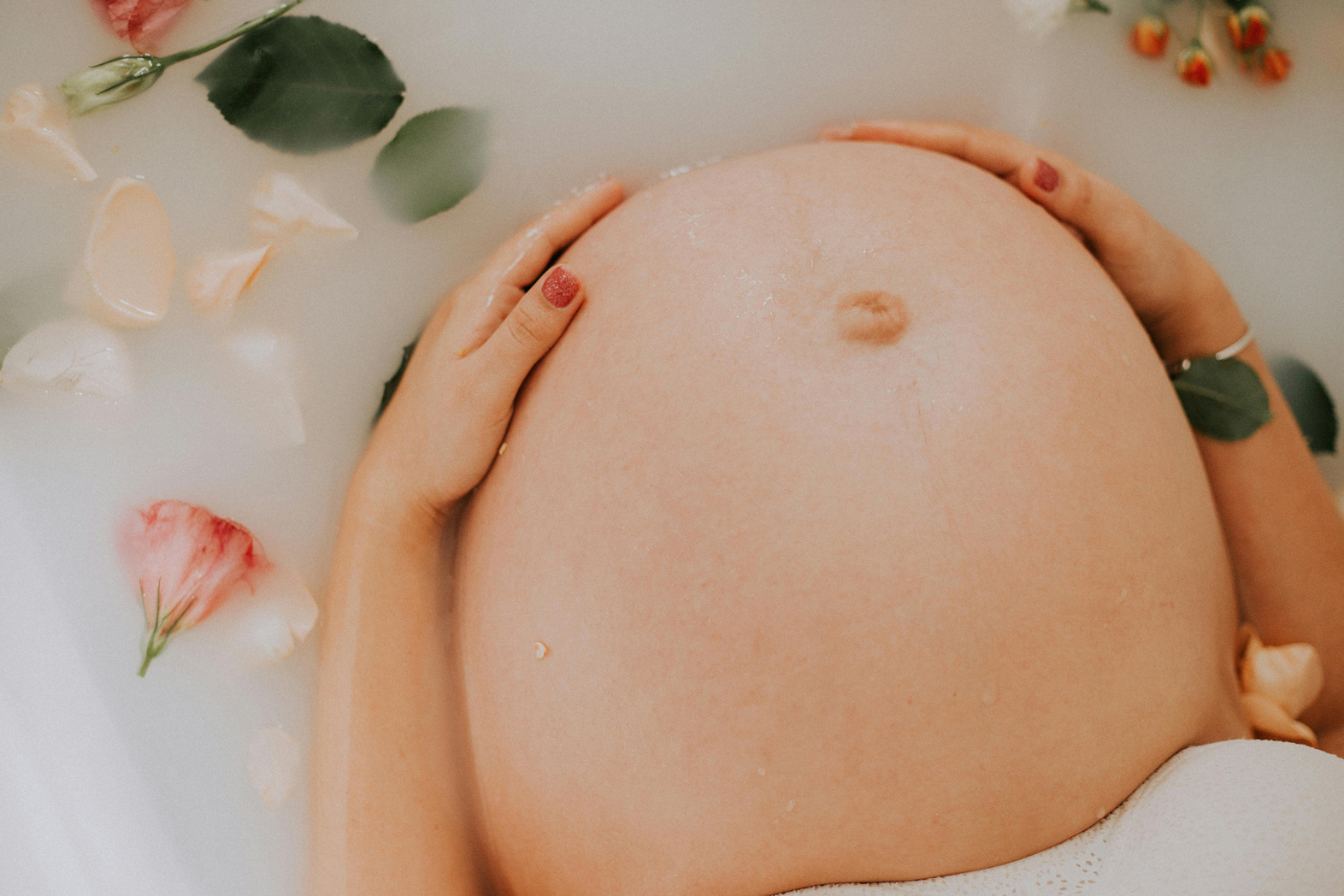Pregnancy can be a very exciting and sometimes overwhelming time, with many physical and emotional changes. Chinese medicine is a safe and effective treatment for many of the discomforts that may arise during the different stages of pregnancy.
The course of your pregnancy, birth and health of your baby can also be influenced by sensible and informed nutritional and lifestyle choices.
First Trimester (0–12 weeks)
During the first trimester, weekly acupuncture sessions are recommended. These treatments support the early stages of pregnancy and reduce the risk of miscarriage.
Nausea and vomiting are common during pregnancy and can happen any time of the day or night (link to acupuncture for morning sickness blog post). Acupuncture treatment, dietary changes and adequate rest can reduce the intensity and help alleviate the symptoms.
Often women experience extreme fatigue during these earlier stages, the body is adjusting to the extra workload of the developing placenta as well as the hormonal changes. The inherent wisdom of the body is instructing pregnant women to slow down and rest until all these symptoms subside. It is preferable to alter the intensity of exercise during this stage of the pregnancy, seek out activities that are calming and gentle moving such as yin yoga, stretches with ease, tai chi and softer walks in order to reserve energy.
Second Trimester (13–28 weeks)
Once the pregnancy has been established and is stable, treatments are only performed monthly. As the belly grows, there is an increased strain on the body which may lead to a host of musculoskeletal problems such as back pain, sciatica and leg cramps. Chinese medicine can provide some relief from these aches and pains in conjunction with other complementary therapies such as massage and osteopathy.
Other minor ailments that Chinese medicine can address include heartburn, constipation, haemorrhoids and varicose veins, to name a few. Although these generally resolve after pregnancy, they do cause varying degrees of discomfort and anxiety and detract from the enjoyment of pregnancy.
At this early stage, it is also important to reduce the risk of gestational diabetes and hypertension by ensuring the body has adequate nutrients, sufficient rest and low stress levels.
Third Trimester (28–40 weeks)
Monthly treatments continue to support the growth of the pregnancy and ease any discomfort. During the later stages of pregnancy, common complaints include oedema, carpal tunnel syndrome and insomnia.
The most effective time to address breech presentation babies is between 32 and 35 weeks. Moxibustion is a technique used to stimulate the acupuncture point with heat in order to encourage the foetus to turn.
The main focus of treatment shifts at 36 weeks where weekly treatments are resumed in order to prepare the body for labour. These treatments aim to relax and soften the ligaments, aid cervical dilation and nourish the body.
At this stage, it is also important for the expectant mother to slow down, get plenty of rest and maintain a calm emotional state in order to enter labour in the best possible health.
Labour
A number of clinical trials have used acupuncture to induce labour in healthy, uncomplicated pregnancies. These studies show that acupuncture can influence cervical ripening, increase spontaneous labour and shorten the first stage of labour.
An acupressure booklet is a useful tool to teach both the mother and partner techniques for pain relief and relaxation during labour. This also promotes partner involvement during labour.
Fourth Trimester (Postnatal period)
Chinese medicine recognises the importance of a woman’s recovery after birth. Traditionally, mothers are advised to stay in bed for a month and not go outdoors. After birth, the mother’s body is depleted and she is physically and emotionally fatigued. This makes her immune system extremely susceptible to disease; hence the importance of rest and eating warming, nourishing foods to ensure a full recovery to health.
‘Mother roasting’ is another Chinese medicine practice. This technique, which uses moxibustion over the lower abdomen to warm, rebuild and strengthen the mother, is performed within a week of childbirth to aid recovery.
Chinese medicine is effective in addressing many postnatal physical problems including mastitis, insufficient milk supply, fatigue, haemorrhoids, incontinence, prolapse, night sweats, cramping and excessive uterine bleeding.
The postpartum mother is under a great deal of physical and emotional demands. She is recovering from the pregnancy and birth, producing breastmilk and learning how to breastfeed. She is juggling feeding around the clock and adjusting to this new regime. She faces broken sleep and the constant feeling of exhaustion. This does not even take into consideration the maintenance of the home, possibly care of other children or even meeting her own basic needs. It is no wonder many new mothers struggle with it all due to the lack of support and resources. Postnatal depletion or depression is a major emotional concern that may arise with motherhood. It may show up within the first year or may not manifest until many years down the track.
Both acupuncture and Chinese medicine can be used for women as they transition into motherhood as part of their holistic treatment therapy in order to provide a strong foundation for their health and build their strength for the long journey of motherhood ahead.

